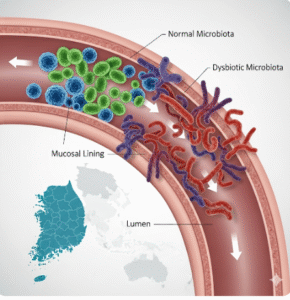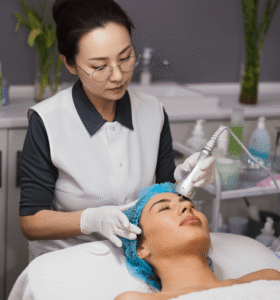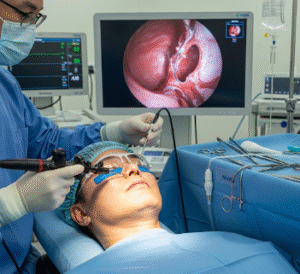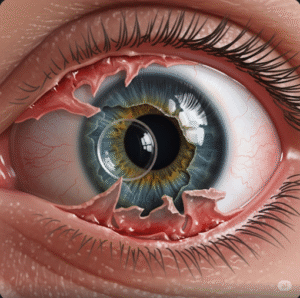Overview
Diaper rash is a common skin condition that affects infants and toddlers, typically caused by prolonged exposure to wet or soiled diapers. It leads to irritation, redness, and discomfort in the diaper area. In Korea, pediatricians and dermatologists provide advanced care for diaper rash, with an emphasis on prevention, gentle treatment, and education for parents. The availability of high-quality baby products, medicated creams, and modern pediatric care makes managing diaper rash much easier in Korea.
What is Diaper Rash?
Diaper rash (also known as diaper dermatitis) is inflammation of the skin under a baby’s diaper, usually triggered by prolonged contact with urine, stool, or friction from the diaper. It can be mild and easily treatable, but if untreated, it may progress to more severe irritation or secondary infections such as Candida (yeast) or bacterial infections.
Symptoms
- Red, inflamed patches on the buttocks, thighs, or genitals
- Skin sensitivity and tenderness in the diaper area
- Peeling, blistering, or raised bumps (in severe cases)
- Baby appears uncomfortable, fussy, or cries during diaper changes
Causes
- Prolonged exposure to urine or stool
- Friction from tight diapers or clothing
- Yeast (Candida) infections
- Bacterial infections (e.g., Staphylococcus aureus)
- Use of new soaps, wipes, or detergents that irritate the skin
- Antibiotic use (which increases yeast overgrowth risk)
Risk Factors
- Babies with frequent diarrhea
- Prolonged use of diapers without changes
- Babies on antibiotics or breastfeeding from mothers on antibiotics
- Sensitive skin or history of eczema
- Hot and humid climates (which increase sweating under diapers)
Complications
If untreated, diaper rash can lead to:
- Yeast infections (red, shiny rash with satellite spots)
- Bacterial infections (pus, oozing, or crusting)
- Chronic dermatitis
- Severe discomfort and sleep disturbance in babies
Prevention
- Frequent diaper changes (every 2–3 hours or after each bowel movement)
- Allowing diaper-free time for the skin to breathe
- Using mild, fragrance-free wipes or warm water for cleaning
- Applying protective barrier creams (zinc oxide or petroleum jelly)
- Choosing breathable, hypoallergenic diapers
Treatment Options in Korea
Diagnosis
Korean pediatricians usually diagnose diaper rash through a physical examination of the affected skin. If secondary infection is suspected, skin cultures may be taken.
Medical Treatments
- Barrier creams (zinc oxide, petroleum jelly, panthenol-based ointments)
- Antifungal creams for yeast-related rashes (clotrimazole, nystatin)
- Antibiotic creams or oral antibiotics for bacterial infections
- Mild steroid creams for severe inflammation (used under medical supervision only)
Surgical or Advanced Therapies
Surgery is not required for diaper rash. However, in cases of chronic or recurrent rashes, dermatologists in Korea may recommend allergy testing or evaluations for underlying skin conditions such as eczema.
Rehabilitation and Support
- Guidance from pediatric nurses on proper diaper hygiene
- Parenting workshops on newborn skincare in hospitals and clinics
- Support for parents of babies with recurrent or complicated rashes













